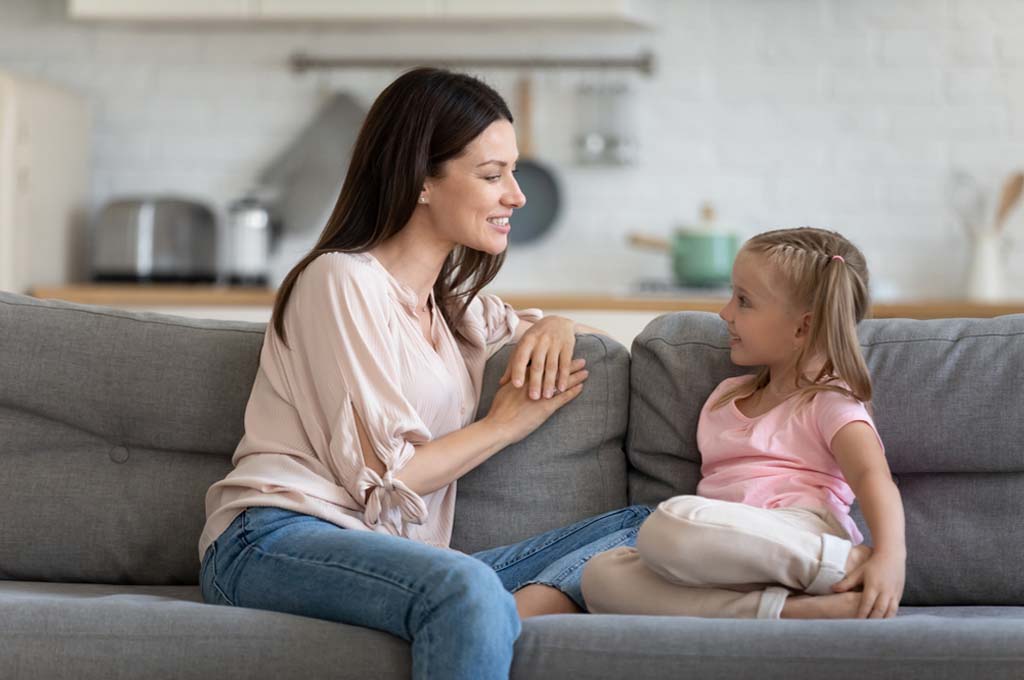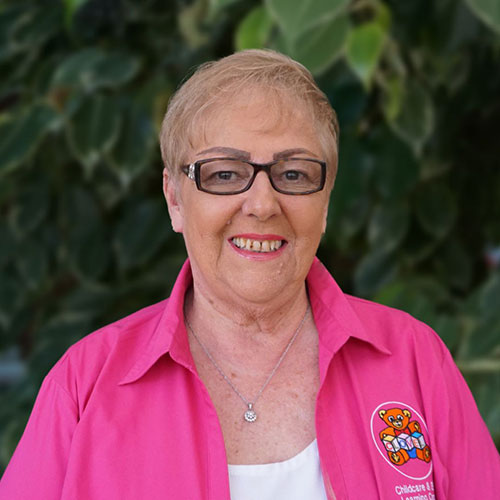With the COVID-19 pandemic continuing in an unabated manner, we live in times where social distancing has become necessary. This is a term that many people weren’t aware existed up until a few weeks ago. As adults, we find it quite challenging to practise social distancing for extended periods. It is tough to move through every day without interacting much with people and ensuring that we keep our distance from others even when we are out on errands etc.
What is probably even more frustrating is that we have to stay cooped up in our homes for a significant portion of the day to keep ourselves and our family safe. If we have such a difficult time coming to terms with making social distancing part and parcel of our lives, imagine how tough it can be for young children. Many parents find it difficult to explain this new “normal” to their children.
Using basic concepts and simple language can be a starting point when you are explaining the idea to toddlers. Higher levels of anxiety and stress can make it even more challenging for young children to process complicated concepts and ideas. Children can vary significantly in their social-emotional and verbal development. Even two children of similar ages can have quite different ways of expressing or understanding complex problems.
Some Phrases to Use
The objective is to break the concept down in a meaningful, yet simple way. There are some non-complex ways in which you can explain what social distancing is, to your children:
1. “We are all working together to fight this enemy.”
When we personify concepts that are difficult to understand, children respond well to them. Young children, even through elementary school, often look at the world in terms of villains and superheroes, bad guys and good guys. Tell them that we need to look at germs like they are tiny villains that we are trying to fight.
Make it seem like they are on a mission so that they understand that social distancing is much more than just obeying the instructions that parents give them. You can say something simple like ” Right now, we all are working together to stop this villain- coronavirus from spreading.” “Luckily, these germs can’t travel or jump very far, so if we keep our distance from people, the germs can’t make us all sick.”
2. “Here are some things we can do.”
When we are talking about this new reality with our children, it is essential to spell out the things that we should not be doing in very clear turns. For example, you can say – “We need to stay far away from everyone else right now. It means we can’t visit our friends, hold hands or even hug other people. However, we can talk on the phone, FaceTime and more”.
Note the little things that we can continue to do to maintain solid connections with our friends and loved ones. What you need to impress upon your little one’s mind is that physical distance is very different from an emotional distance.
Most children can understand that there are various ways to feel close to others without being near them physically. Even as you highlight this aspect, make it a point to provide opportunities for your child to experience this through Skype, FaceTime or any other avenue.
3. “All of this is different and weird.”
Children can find some comfort when they know that they aren’t the only ones having an emotional reaction. They will have picked up on how things are different from their daily routine and normal structure and will find the entire situation strange. When you say this to them using straightforward language, while acknowledging that all other people are feeling the same way, it helps to regulate their emotional responses.
4. “Many things haven’t changed.”
When we acknowledge to our children that various things are very different, it is necessary to tell them that many things are still the same too. It will help your children recognise that many aspects of their lives are recognisable and similar. You can tell them how they can still watch their favourite shows, play video games that they like. Tell them that they can get their favourite chocolate waffles for breakfast on the weekend, and still need to brush their teeth every day; these things would make them more comfortable with the idea of social distancing.
5. “You aren’t in any danger- you are safe.”
Children display their stress levels in various ways. Some will be moody, defiant or irritable while others may throw tantrums. Some children may regress in areas such as potty training or language, and all of these behavioural changes needed to be addressed subtly. Keep them close, hug them; tell them that they are safe and that everything is going to be okay.
6. “There are many grown-ups, all working together to fight the virus.”
You can add a twist of excitement to the situation, by telling them that many scientists around the world are working to find vaccines, treatments and medicines for fighting the virus. You can also tell them how doctors, other healthcare workers, supermarket workers, as well as the police, are working hard to ensure that we are safe and comfortable.
As you can see, there are many different ways in which you can give your children assurances and maintain positivity so that they do not become anxious or stressed due to self-isolation. It’s also necessary that you keep your cool and do not display your frustration and stress as that can rub off on them very easily.
For any more information, call Clovel Childcare and Early Learning Centres, don’t hesitate to get in touch with us. Just give us a call at 02 9199 0294 or via this contact us form.
Thanks for reading,
Clovel Childcare
1300 863 986












